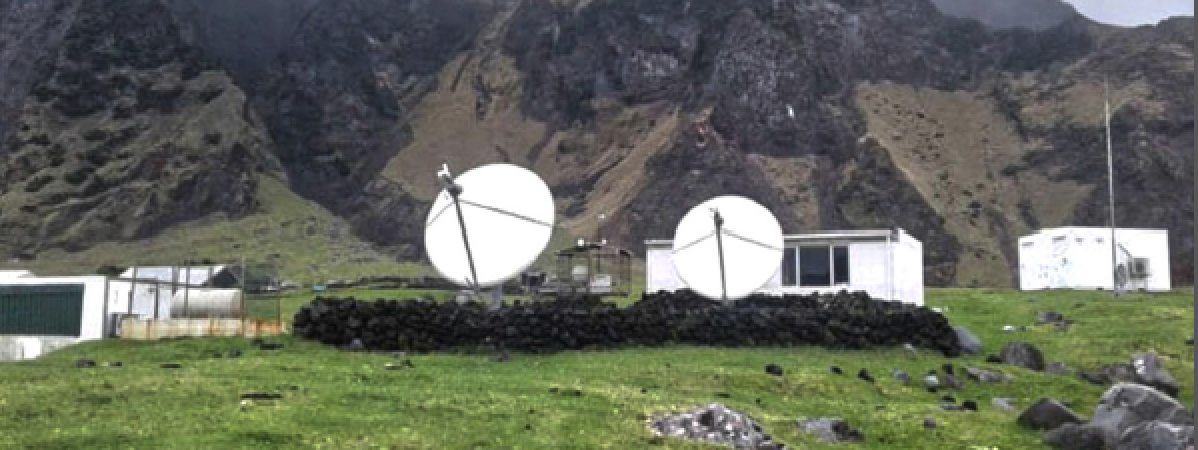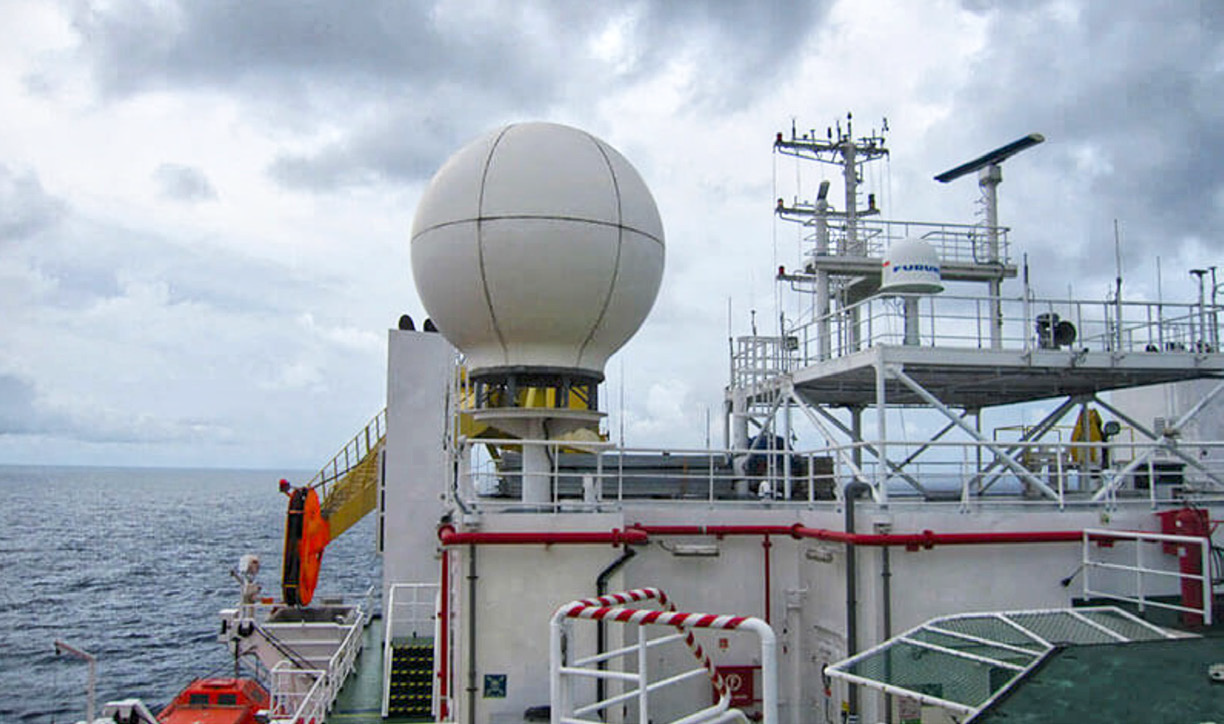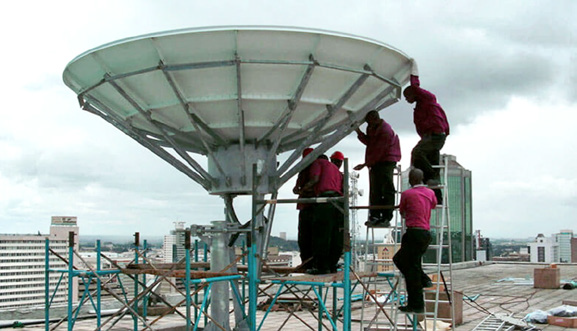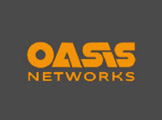The digital divide is a global issue that affects billions of people, especially those who live in the world’s least developed countries.

The reasons for the digital divide are complex and include the developmental level of a country, low literacy, poor digital skills and awareness, income levels, as well as access to available and affordable connectivity.
The divide has become more apparent over the last decade as technology has advanced and global reliance on internet connectivity has increased. According to recent analysis, a third of the world’s population does not use the internet, and in the world’s least developed countries, the International Telecommunications Union (ITU) estimates that this rises to two thirds.
Satellite has the potential to play an important role in bridging the digital gap as it’s capable of providing affordable connectivity in areas where terrestrial networks are unfeasible. However, to fulfill that role, VSAT systems need to be installed and maintained in areas that are often remote or hard-to-reach, and this is challenging for several reasons.
Barriers To Satellite Connectivity
Regions that are underserved by terrestrial connectivity solutions often have very basic or limited infrastructure, and this causes a whole host of difficulties.

Transport infrastructure may be poor and even where there are routes or roads, they’re not always accessible by vehicles all year round. Plus, a lack of good, reliable access routes makes it difficult for engineers and technicians to travel to sites.
In these cases, it will also be logistically complex to transport the equipment and materials needed for the VSAT installation.
It’s not just the traveling to these sites and actual physical transportation of materials that is challenging. There may also be a lack of available supplies and resources needed for installation and maintenance. Sourcing materials can be more difficult if engineers do not have any local knowledge or contacts.
It’s not uncommon for VSAT systems to be installed in areas where there are extreme weather conditions, including high temperatures, wind, and heavy rain. Weather conditions can add to the difficulties already faced by engineers when accessing the sites and transporting equipment.

Additionally, the need to site the VSAT system in an open, unobstructed location means that installations are often susceptible to weather related damage, prompting the need for repairs.
The lack of communications infrastructure in these areas presents another challenge. GSM signals can be unreliable — it’s not unusual for networks to go down for hours or even days at a time. When this happens, engineers are unable to communicate updates, or request additional equipment or support.
There may also be a skills gap where workers with the necessary knowledge and technical expertise needed to install the VSAT system and keep it connected are not available locally. If that is the case, engineers must travel from further afield, often across borders or even countries, which of course increases cost, and logistical difficulties. This can also cause language and cultural barriers, which could create further delays and push up costs even more.
Focusing On Solutions
While the barriers to installing and maintaining VSAT systems in these challenging conditions are numerous, they’re not insurmountable.
It’s vital that the correct information is gathered early on in order that effective planning and preparation can be carried out prior to the installation work. Weather conditions, for example, may be much worse at certain times of the year and this can make some roads or routes impassable for vehicles.
If that has been identified as an issue, wherever possible, installations should be planned to avoid periods when weather is typically at its worst, so that transport and access issues are minimized.
If communication between field engineers and teams have been identified as a potential issue early on, satellite phones can be distributed to mitigate the issue.
When armed with knowledge and information about transport and communication infrastructure, weather patterns, and potential access issues, it’s possible to plan how to mitigate potential problems before they even arise.
Of course, there are some issues that can’t be foreseen, no matter how much prior planning and preparation is carried out. To solve these kinds of problems immediately, expertise and experience are absolutely required.
Some of the challenges encountered may also be lessened by using local field engineers or teams.
Access to equipment, materials, or even individuals with specialist skills can be improved with local knowledge and no language or cultural barrier.
Having expertise on the ground in these regions also reduces the cost and time involved in both installation and maintenance because travel costs and delays are reduced.
VSATs are often the only means of connection that a entire community or region may have with the rest of the world.

When able to access a broadband internet connection, people have greater educational, employment and economic opportunities open to them.
By overcoming the hurdles encountered when installing VSAT systems and keeping them connected, satellite connectivity truly has the potential to transform people’s lives.
It would be remiss to say that the digital divide is caused by lack of availability of connectivity alone. It goes much wider than that.
It’s a multifaceted problem that encompasses geographical, political, social and economic factors. Governments, international organizations, and private companies must work together to address these issues, empower people and promote digital inclusion for all.
Although satellite technology may not have all the answers, it can definitely play a crucial role in providing much needed connectivity to the digitally excluded.
www.oasisnetworks.net

Author Nimrod Kapon is the Founder and CEO of Oasis Networks. He has extensive experience within the diverse fields of telecom systems, from analog voice carriers, asynchronous data networks, voice networks, fiber, SDH and SONET, wireless, and satellite. By training and oreintation, he is a field engineer and he is also a GVF qualified examiner.


